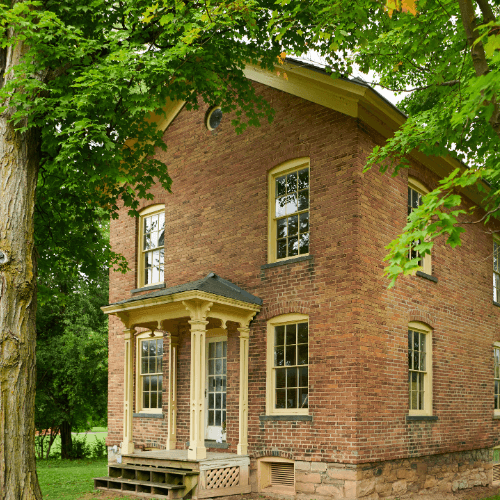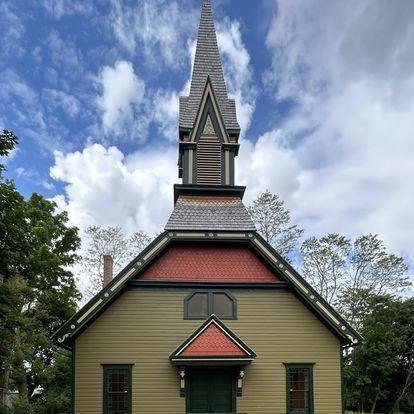
September is Underground Railroad Month
September marks the observance of International Underground Railroad Month, a significant period commemorating the efforts of abolitionists Harriet Tubman and Frederick Douglass. Having escaped from slavery in Maryland in the month of September, both Tubman and Douglass chose to experience their newfound freedom in upstate New York’s Finger Lakes region. Both would settle in their respective hometowns. Douglass in Rochester and Tubman in Auburn – approximately 60 miles apart. These towns were the longest places of residence in their lives and became their final resting places.
Such historical connections give New York State its close ties to the Underground Railroad, a clandestine network that played a pivotal role in aiding slaves on their path to freedom. As a result, many abolitionists found a home in New York, and it became a refuge for those seeking liberation. While devoid of literal tracks and trains, the Underground Railroad featured an intricate network of individuals and safe houses that concealed its activity using railroad terminology and symbols. The operation was designed with utmost secrecy to best aid those fleeing the shackles of slavery.
As of today, Cayuga County is host to several places that share the legacy of the Underground Railroad and the individuals who made it possible.
Here are some key destinations to visit:

Howland Stone Store Museum
Built in 1837 to serve local and regional commerce, the Howland Stone Store Museum and the hamlet of Sherwood now tell the stories of courageous work in support of the belief that all are created equal. Slocum Howland, the original owner, and his daughter, Emily Howland, were avid participants in the Underground Railroad. Slocum often used his extensive commercial connections to assist those seeking freedom.

Harriet Tubman Home
The Harriet Tubman Home preserves the history of the prominent abolitionist through her very own place of residence. The museum is located on 26 acres of land and features four buildings, two of which were used by Tubman herself. Guided tours of the property are offered Tuesday through Saturday by appointment.

Seward House Museum
The Seward House Museum is the former home of William Henry Seward, who served as a New York State Senator, Governor of New York, and Secretary of State during the Lincoln and Johnson Administrations and his wife, Frances Seward. Not only were the Seward’s close friends with Harriet Tubman, but their basement was a stop on the Underground Railroad. Take a tour of this National Historic Landmark and hear about the letters between Frances and her husband that described their freedom seeking visitors.

Fort Hill Cemetery
Spanning 83 acres of land, Fort Hill Cemetery serves as the resting place of Harriet Tubman, other notable figures, freedom seekers and Underground Railroad supporters such as the Seward Family.

Thompson Memorial A.M.E. Zion Church
This Church was involved in the Anti-Slavery movement, with several congregation members serving as Underground Railroad activists. With churches, notably, being important locations for freedom-seekers to seek shelter and protection, there’s no doubt that this was an important “station” on the Underground Railroad.
Harriet Tubman helped fund the construction of this church, and she would attend services there for 22 years until her passing. Her funeral services were also held at the Church in 1913.
Learn more…
In addition to these key destinations tied to the Underground Railroad, there are some lesser-known stops that you should consider when exploring the area’s history. The region has been noted to have more than 100 documented connections to the Underground Railroad. Many of these secret stops around Cayuga County can be experienced through the free Harriet Tubman Underground Railroad Tour app. The driving tours feature two routes that guide you through the journey of the Underground Railroad: the Auburn driving tour and the Cayuga County driving tour.